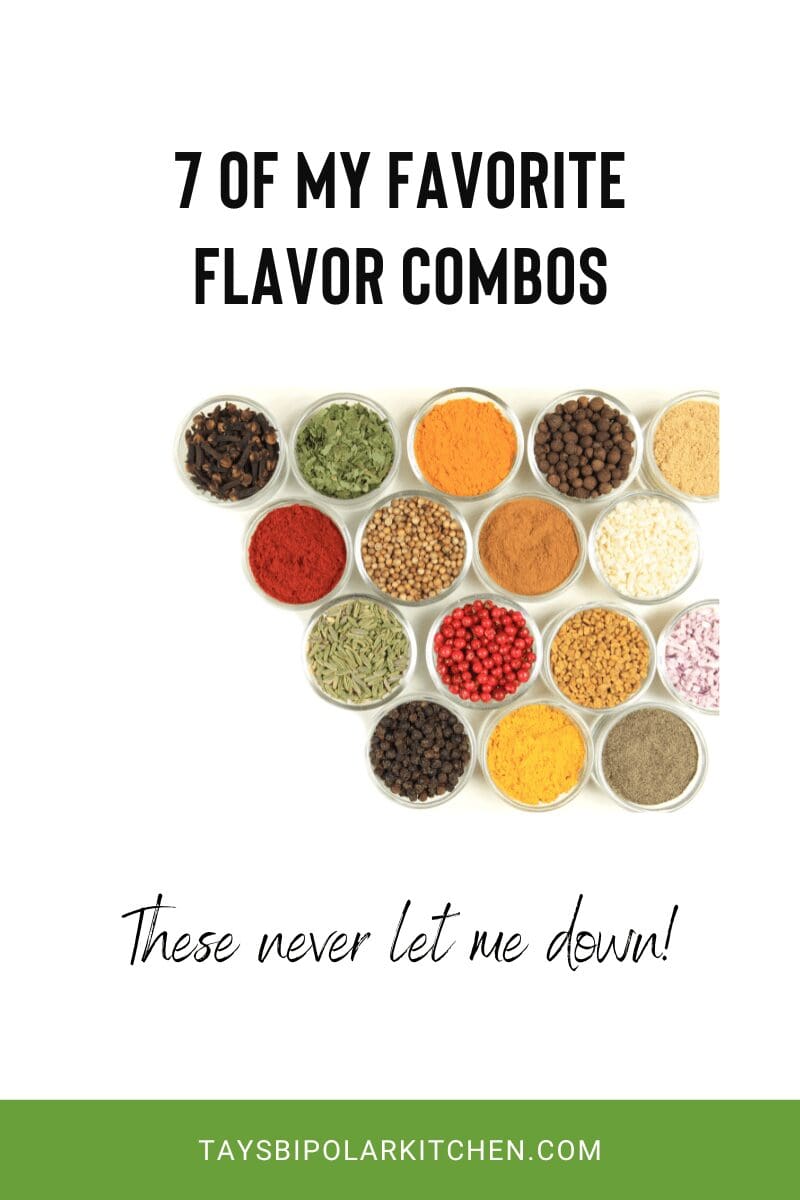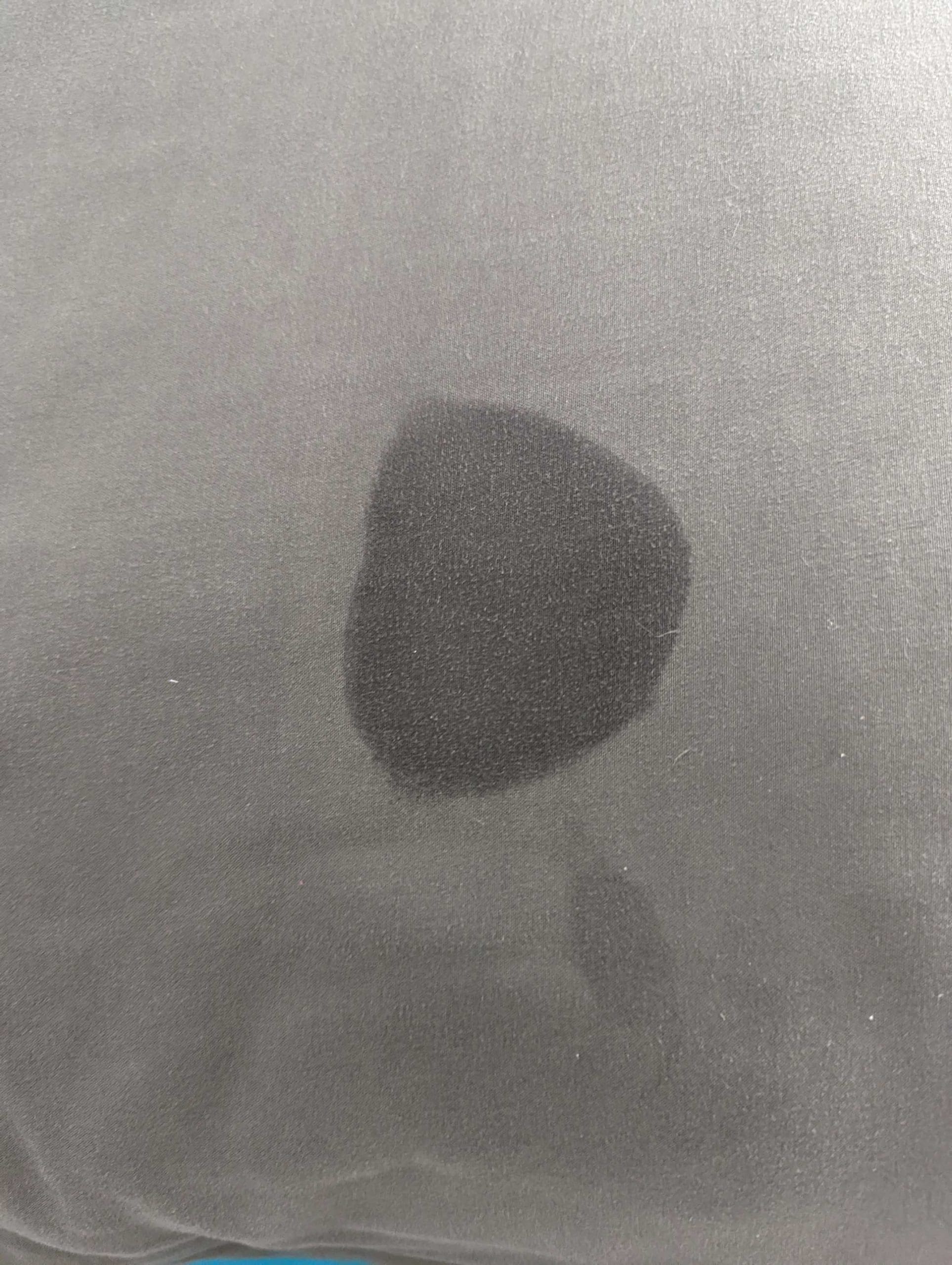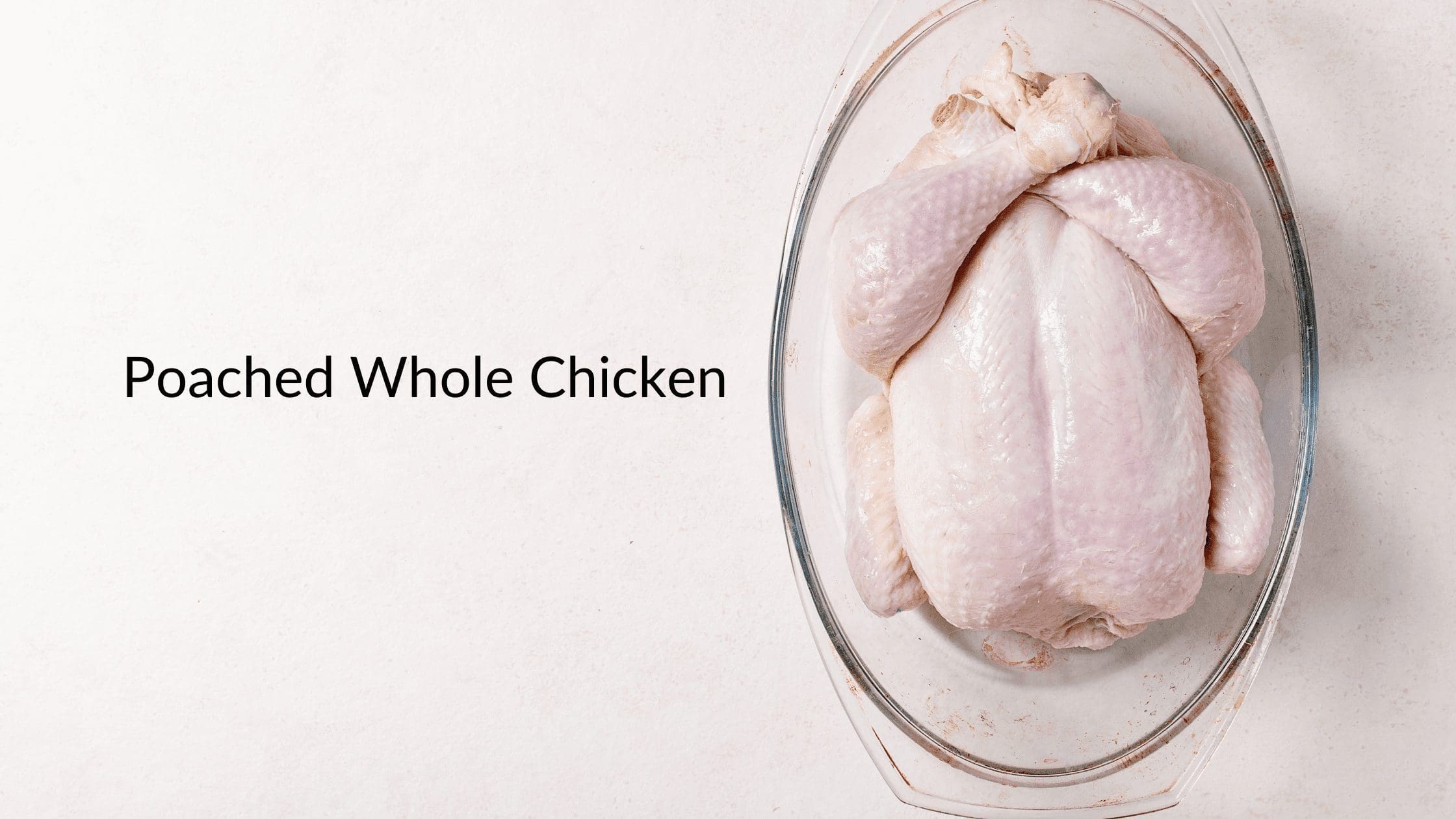Sunlight streamed through the window today, a familiar warmth washing over me as I opened the blinds and curtains. It was Mom’s ritual, a simple act that always welcomed the morning light. It felt comforting, yet bittersweet. Mother’s Day always brings a mix of emotions. There’s love, of course, but also pain and questions that […]
31 Days of Women 2024
Hey everyone! I’m so excited to share the video of my keynote speech from Sinclair College’s 31 Days of Women celebration. It’s called “Unveiling Your Inner Quintessence,” and it’s all about those amazing qualities that make us who we are. This speech is super close to my heart because I opened up about my own […]
A Culinary Legacy: Learning from My Mom’s Kitchen
My mom, actually my grandmother who raised me, was an excellent cook and a true food lover. Her kitchen was typically filled with the delicious aromas of classic Louisiana cooking, but when it came to her personal tastes, she craved anything but the usual Southern fare. Most Saturdays, you’d find us parked in front of […]
Embracing the Chaos: Healing, Self-Love, and the Octopus-Spaghetti Dance
Dive into our latest blog post on the messy, beautiful journey of healing and self-love. Embrace the chaos, face challenges head-on, and find beauty in the mess.
Continue readingTaysty Tips – 7 of My Favorite Flavor Combinations
Why Use Flavor Combinations? My seven favorite flavor combinations serve a specific purpose in my kitchen – to make cooking on the fly easier. They are ingrained into my head and make whipping up a meal effortless. I only have to decide which places I wish to delve into. I draw inspiration from regions worldwide, […]
Holiday Depression: Tears On My Pillow
Holiday Vs. Seasonal Depression Holiday depression happens to more people than most realize, not to be confused with seasonal depression (seasonal affective disorder), which deals with changing seasons. Holiday depression can hit hard when traditional structures do not apply to a person, which is my situation. At various times of the year, some celebrations are supposed […]
Perspective: A Bird’s Eye View
How a Change of Perspective Can Effect Understanding I was in Big Lots having a whole out-of-body experience because my imagination jumped up and started sprinting towards my thoughts on perspective. So, my bf is the tallest person I have ever seen and probably one, if not the, tallest I have heard of that is […]
Poached Whole Chicken
Poached Whole Chicken is juicy and tender with hundred of uses in the culinary world. From soup to quick meals having poached chicken on hand will come in clutch at mealtime. I always have dark, white, and mixed chicken in my freezer. Use the meat in almost any recipe that calls for canned or rotisserie […]
Glamour Magazine’s 2021 Community College Women of the Year
The Closeness of Friends
Talking with my boyfriend (an introduction post about him will come once there is more water under that bridge) this morning, I realized how far removed the idea of doing things with family is to me. It is somewhat weird that people see and talk to family members every day or regularly. For me, this feeling extends […]









